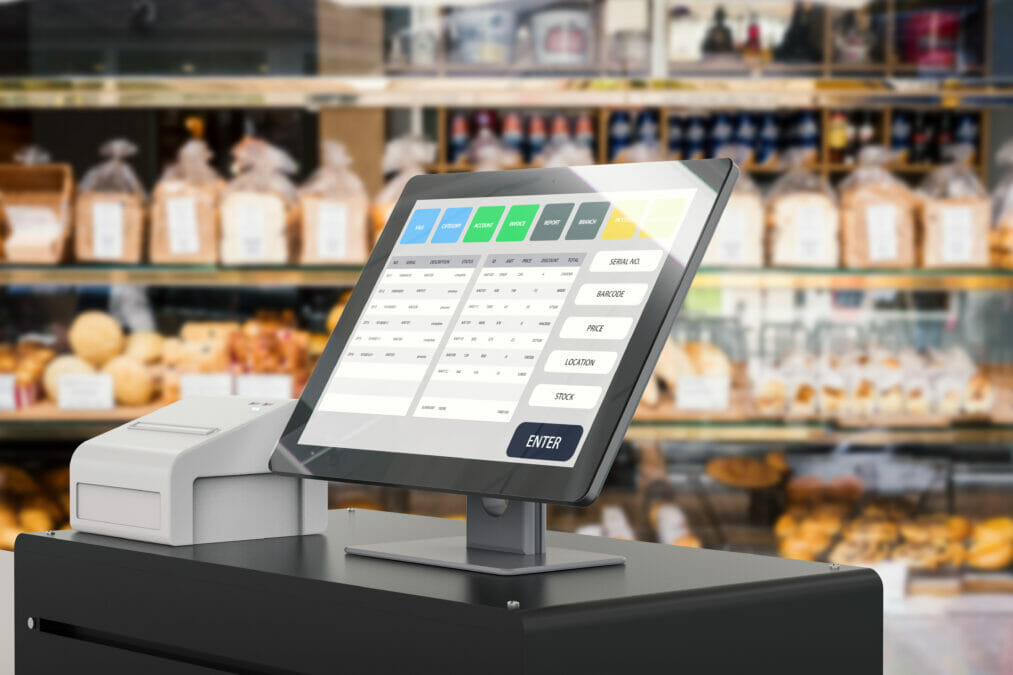There’s a meme/joke going around LinkedIn that you’ve probably seen: “Who drove your Digital Transformation? Your CEO, your CTO or COVID-19?” That’s a hot take, and in my opinion, it’s right on so many levels.
Recent history has shown that technology is constantly moving towards the physical space (something we call “cyber-physical convergence”), often making existing physical technology obsolete. The typewriter, the land-line phone, the personal stereo, the portable DVD player, in some cases, even the humble camera have lost major ground to portable tech solutions.
We’re in a world where taxi companies without an app lose out to the technical marvel of Uber’s mobile experience. Basically, if you’re in the physical space, watch out, because somebody has their eye on your lunch. Whether or not you ethically agree with the business models of firms like Uber is almost moot at this point — they have found their market.
Pressing the fast forward button
But one thing has been making me think for a while, which again COVID-19 has pressed fast forward on the progress of, and that’s Point of Sale systems (of both the traditional and the physical ePoS kind) moving into the mobile application space. This begs the question, “aren’t they just another form of ePoS?”. This is true, but they’re one running on commodity hardware using modern web technologies: cloud and APIs.
But why fix it, if it works? Well, traditional ePoS development is often a complex and slow process, with specialist teams, and the hardware is often proprietary and/or outdated. Integration with PoS’s is one of the lagging factors for implementing new digital experiences in the retail space.
Amazon’s own Amazon Go stores are a great example; there’s no PoS, or even a scanning app for barcodes. You just pick up and go, provided you’re recognised as a customer. As this approach is taking legs, other stores will likely follow, perhaps in combination with apps to show deals, so the lifespan of the traditional PoS is under attack from multiple angles.
Leveraging data: what retailers can learn from Netflix
Navigating current challenges
Thanks to COVID-19, companies are now waking up to the current state of play; that their existing systems are just plain inefficient on every angle. Of course, COVID-19 also meant that a lot of bar or even at-table service with traditional menus was riskier than accepting orders through an app. This situation has been an extreme catalyst for positive transformation, which is exciting, but it brings with it a few things we need to watch out for to remain inclusive.
Some of the advantages of being in a post-(e)PoS world include:
- Quicker, more accurate ordering and billing. Nobody needs to remember or rekey your order.
- Quicker payments and tipping, no waiting for the bill, and better still: effortless bill splitting in the more advanced applications.
- You can easily accept multiple payment types seamlessly.
- No need to print receipts; they just get emailed to the customer, which is a positive environmental move.
- No handling of cash, meaning lower manual labour costs and minimal losses.
But there’s also even more interesting things behind this, from the journey up to the payment part:
- You can better track demand and stock levels with accurate, real-time ordering information. This can lead to an improved ability to use analytics and data science.
- You can tie customers back to multiple visits, in multiple stores (even across a chain), meaning you can gain insight from them.
- You can dynamically remove items from a menu when things are out of stock or add in specials without printing anything.
- You can provide hyper-personalisation and deals, to effectively drive customer behaviour.
And the best part of all about this, in my opinion, is the further digital acceleration it affords us. It allows you to retire old equipment that’s often temperamental; you get to integrate quicker; and you get to deliver new digital interactions far quicker than waiting for a PoS integration team. Testing becomes simplified, and all devices become commodity mobile phones and tablets. The icing on the cake is that the barrier for entry is incredibly low; you can integrate with a payment system for next to no cost, and being a service provider, they’ve made it as simple as possible.
The integration of an app-based PoS into an app ecosystem allows for a single, seamless journey that’s personal to the customer, empowering, and overall just a better experience for many users. However, one of the hurdles to get over is the level of app installation fatigue, as not everybody wants an app per place they visit. This is a huge opportunity for Uber equivalents to come in and provide a unified platform (which is working well for things like food delivery), as mobile-first web apps aren’t always a very slick experience.
Of course, this cannot be discussed in a vacuum without also considering that a cashless society can create inequality, but I feel like we’ll have to tackle that issue sooner or later anyway, somehow. Additionally, all this talk of customer behaviour tracking and nudging also raises other ethical concerns, as some people like to be able to pay for something without feeling like they’re leaving a paper-trail behind them. Add to this that the mobile space is allowing for companies with significant funding to create trans-national monopolies, and it quickly becomes an ethically complex space.
So… is this the end of the traditional Point of Sale? Well, keeping true to Betteridge’s Law of Headlines: no, not quite yet. But, the poor old PoS is looking a bit tired now, and it won’t be too long before the entire concept passes into memory. No flowers.








